New York State declared measles free
On Oct. 3, 2019, the New York State Department of Health announced that more than 42 days –…
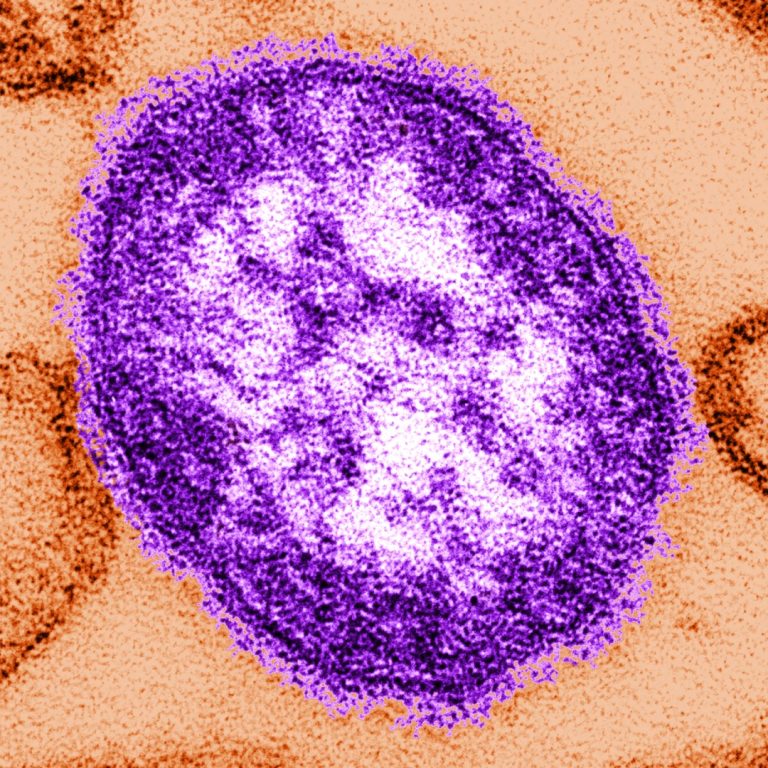
On Oct. 3, 2019, the New York State Department of Health announced that more than 42 days –…
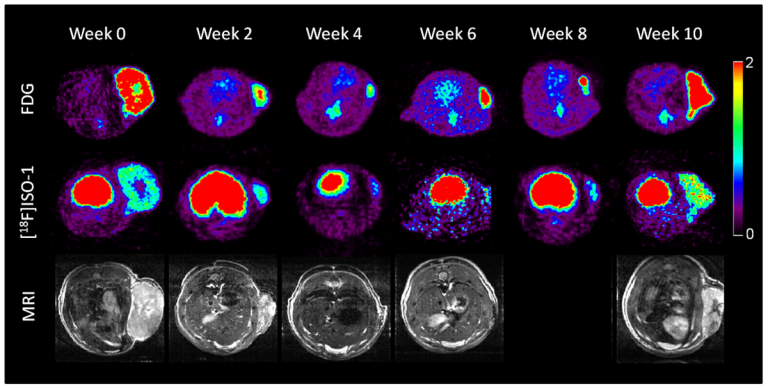
On Oct. 2, 2019, the Masonic Cancer Center and the University of Minnesota (UM) opened a new first-in-human…
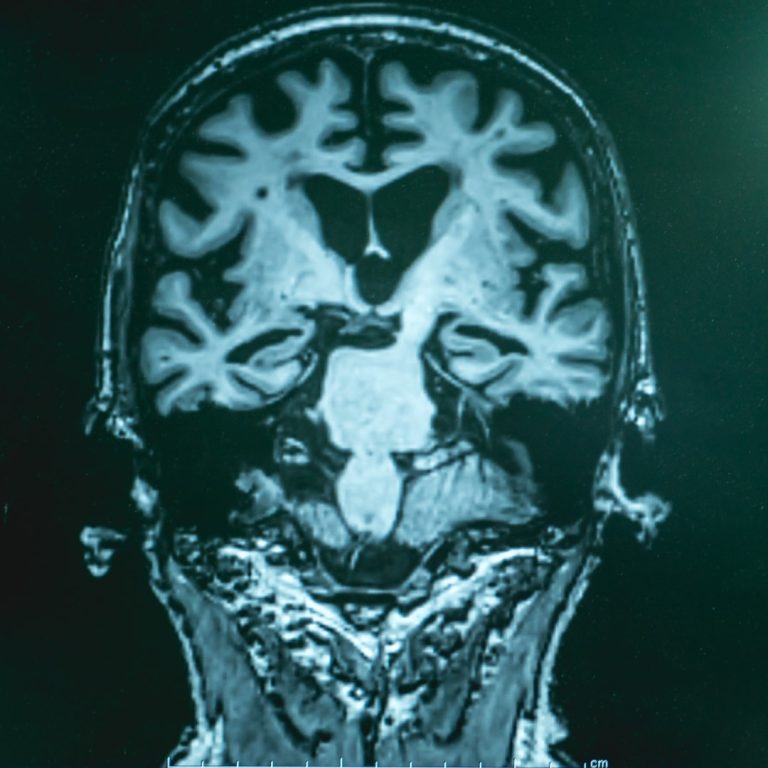
On Oct 1, 2019, the National Institute on Aging (NIA) announced it had awarded approximately $37 million over…
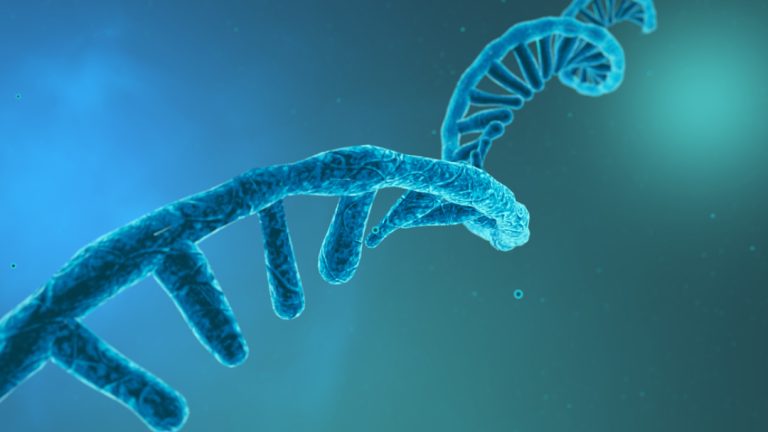
On Oct. 1, 2019, the National Institutes of Health (NIH) awarded a $3.5 million grant to Georgia Institute…
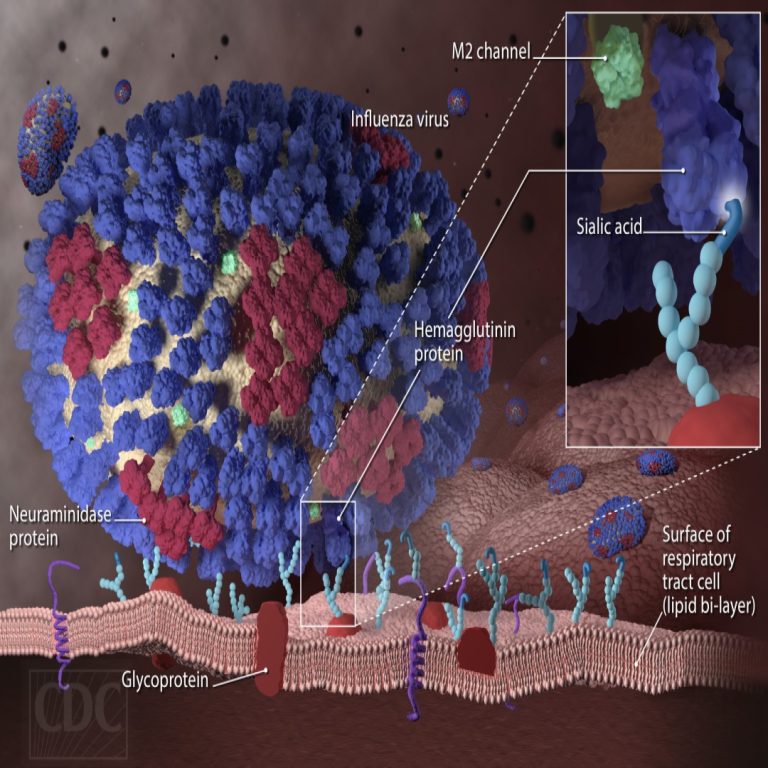
On Sept. 30, 2019, the University of Georgia (UGA) announced it had signed a contract with the National…
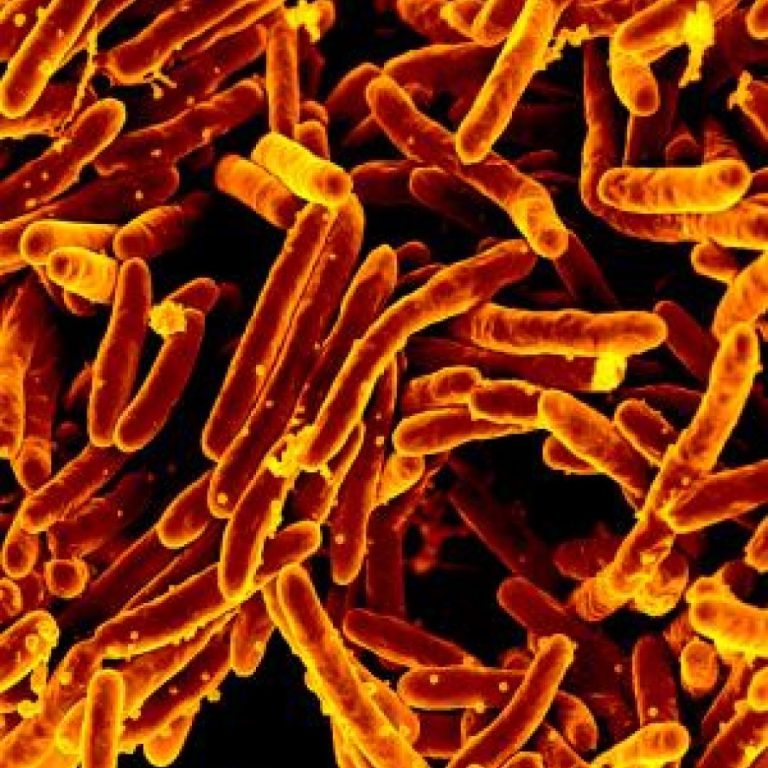
On Sept. 26, 2019, Seattle Children’s announced it was one of three recipients of $30 million in first-year-funding…
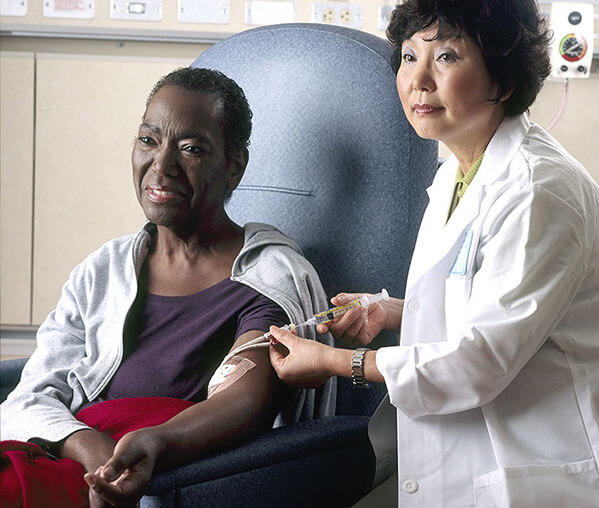
On Sept. 24, 2019 Karmanos, Wayne State announced it had received a $3.1 million National Institutes of Health…
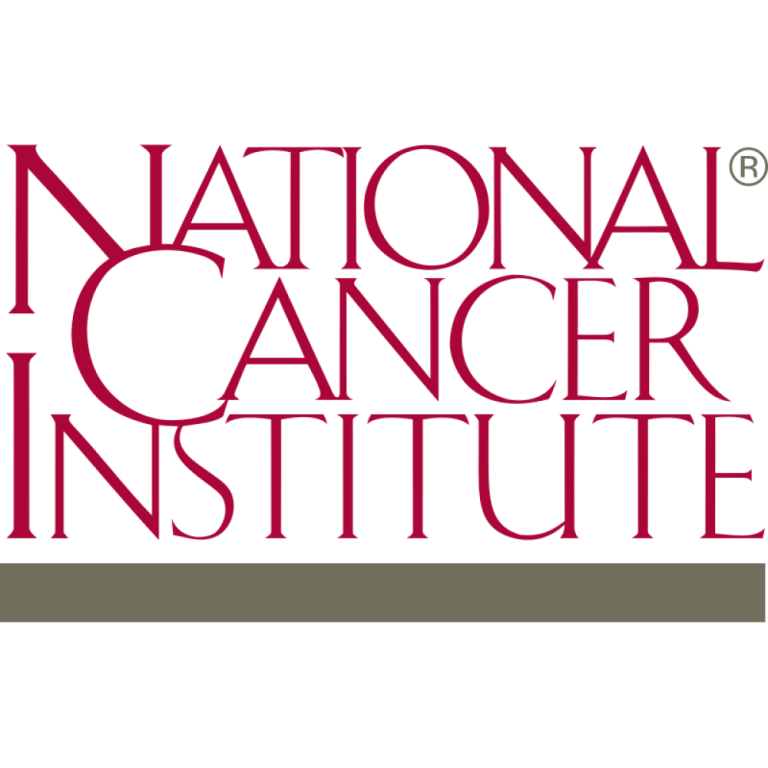
On Sept. 23, 2019, the Barbara Ann Karmanos Cancer Institute and the University of Michigan Rogel Cancer Center…
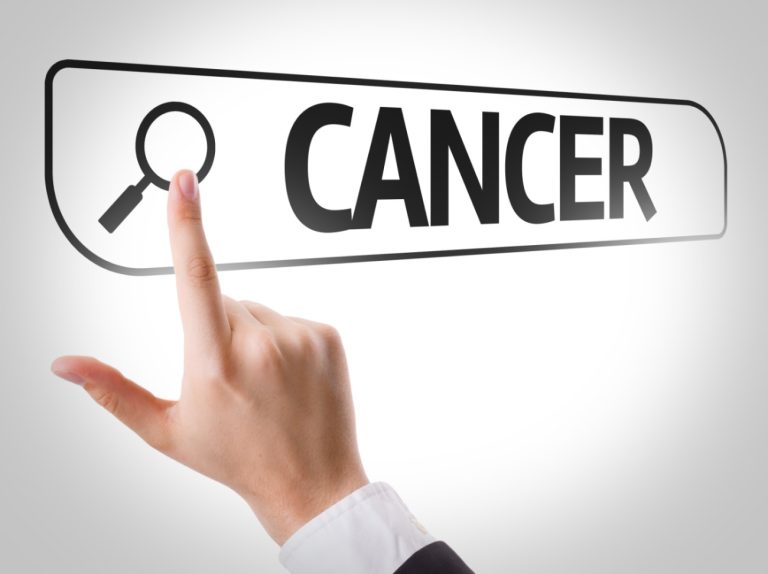
On Sept. 23, 2019, Pascal Biosciences identified specific cannabinoids that enhance the immunogenicity of tumor cells, rendering them…
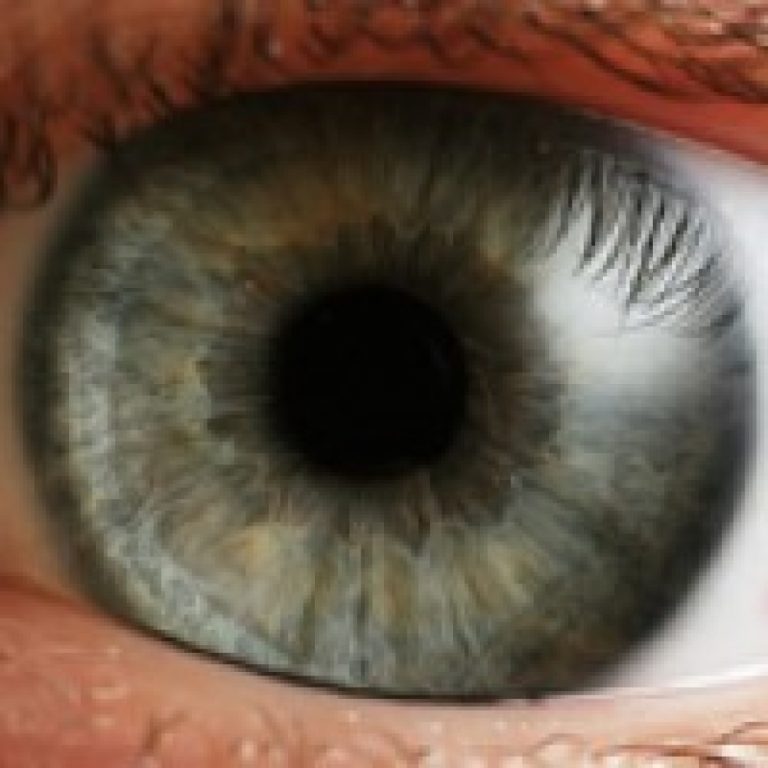
On Sept. 18, 2019, researchers from the University of California, Los Angeles (UCLA) announced developing a device geared…
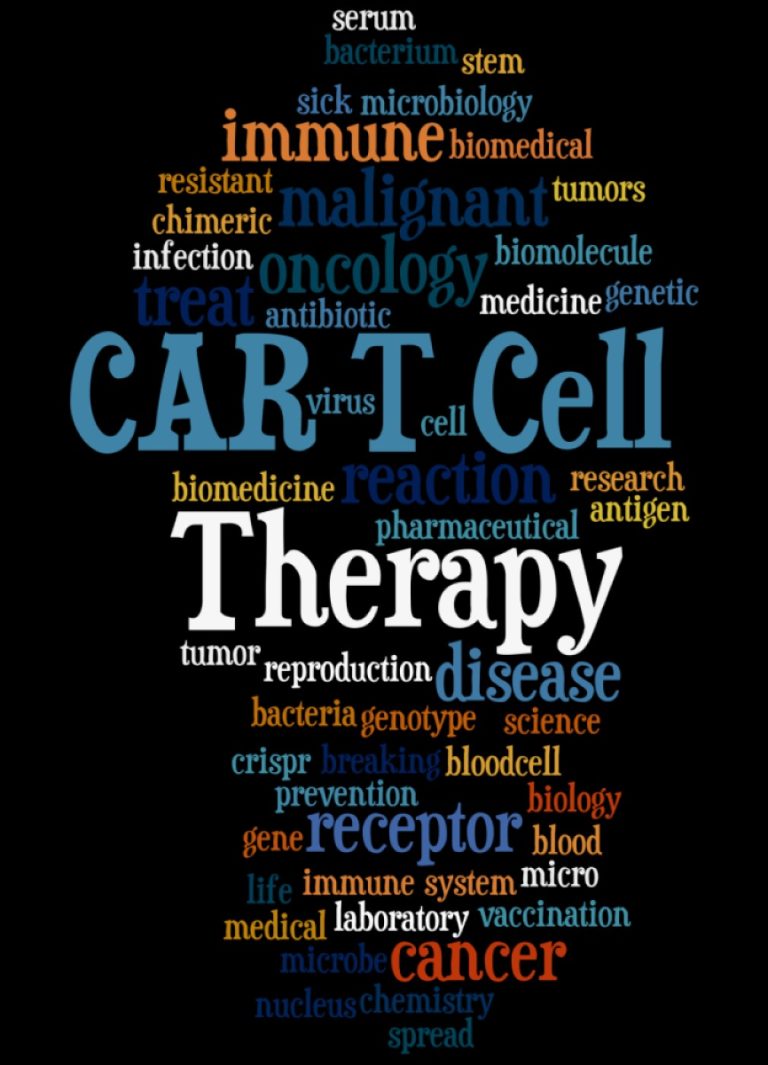
On Sept. 12, 2019, UPenn completed its exclusive, 7-year research and development alliance with Novartis, that spawned the…
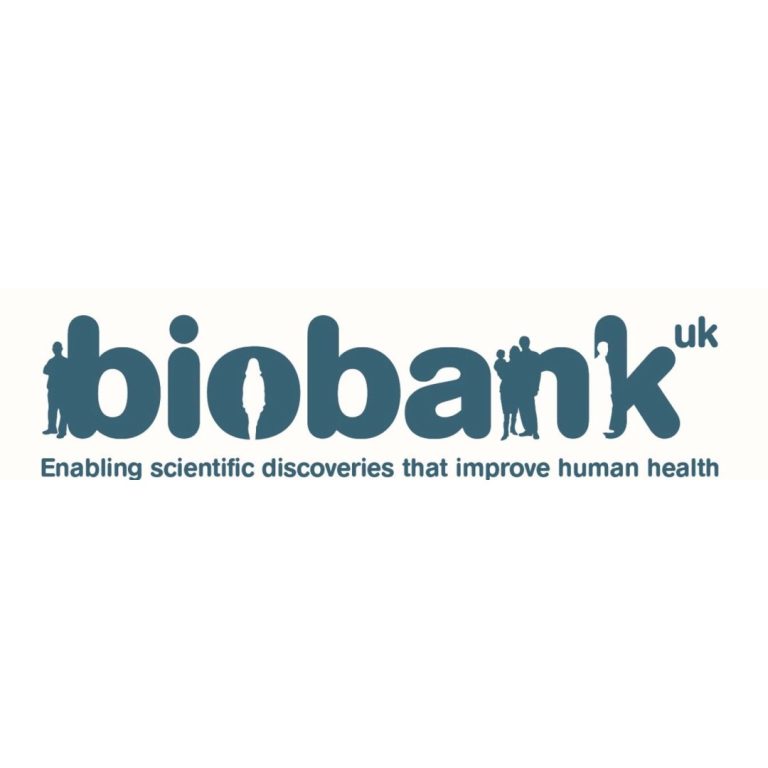
On Sept. 11, 2019, deCODE genetics in Iceland announced an agreement with a consortium of government, charity, researchers…
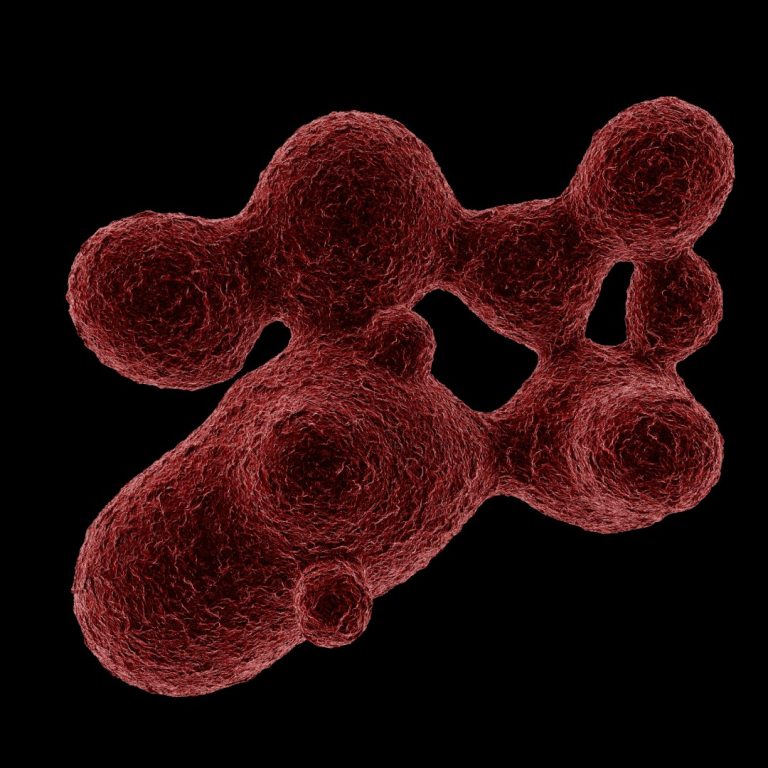
On Sept. 11, 2019, scientists at Sanford Burnham Prebys announced they had identified the long-sought structure of an…
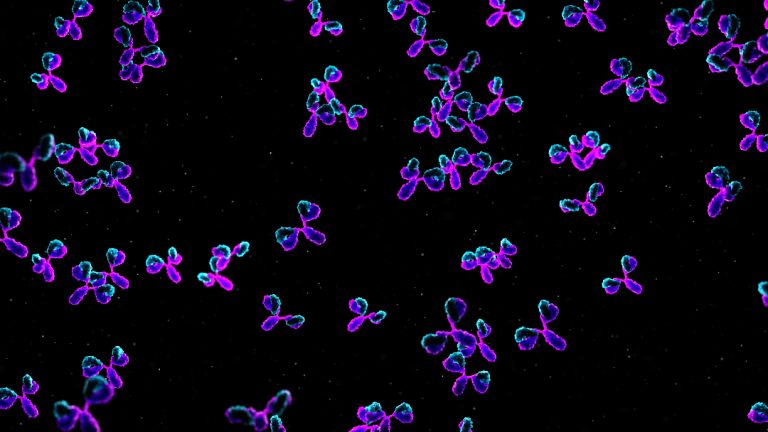
On Sept. 9, 2019, IRBM announced the signing of a service and development agreement with The University of…
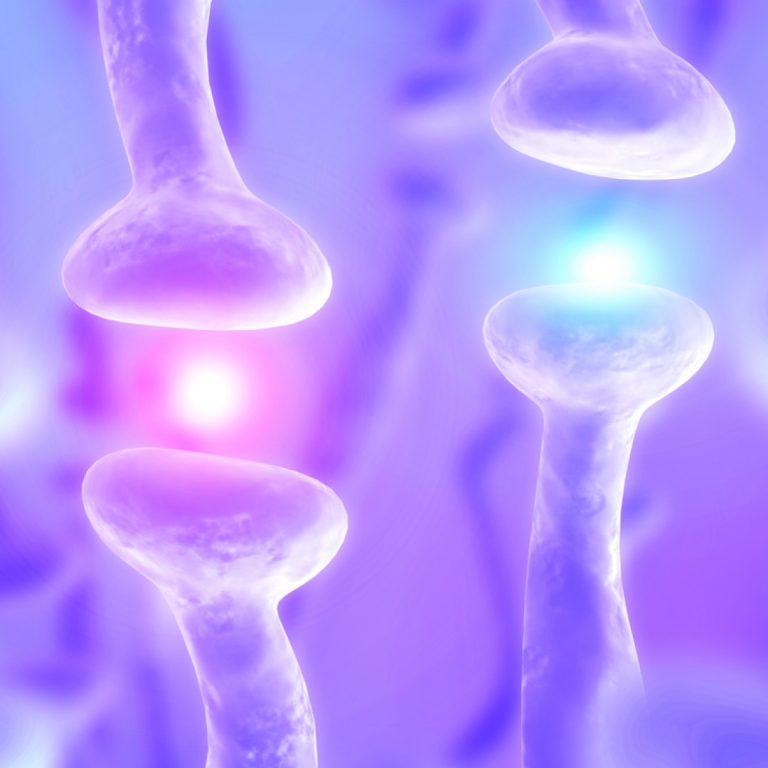
On Sept. 5, 2019, researchers at the Howard Hughes Medical Instituteメs Janelia Research Campus announced that they had…
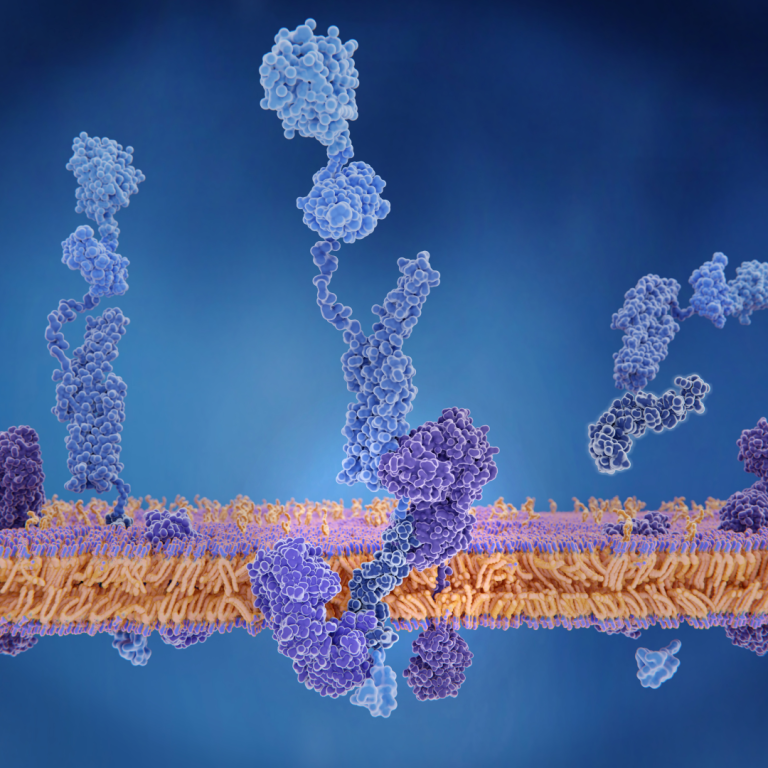
On Sept. 5, 2019, Penn Professor Virginia M.Y. Lee, PhD received the Breakthrough Prize in Life Sciences, in…

On Aug. 26, 2019, University of Alberta researcher Rick Rachubinski and colleagues announced they had discovered the protein…
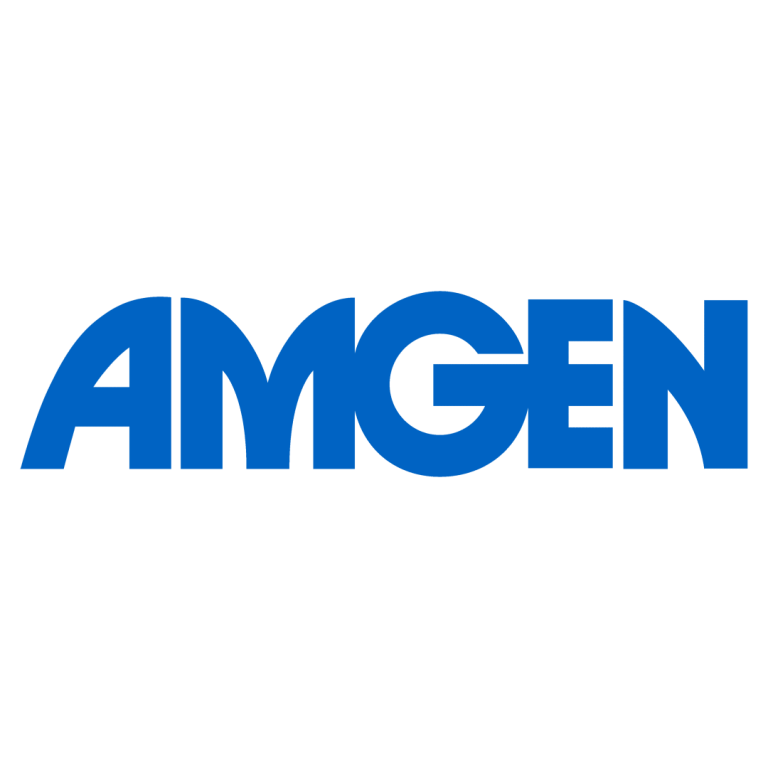
On Aug. 26, 2019, Amgen acquired worldwide rights to Otezlaᆴ (apremilast), the only oral, non-biologic treatment for psoriasis…
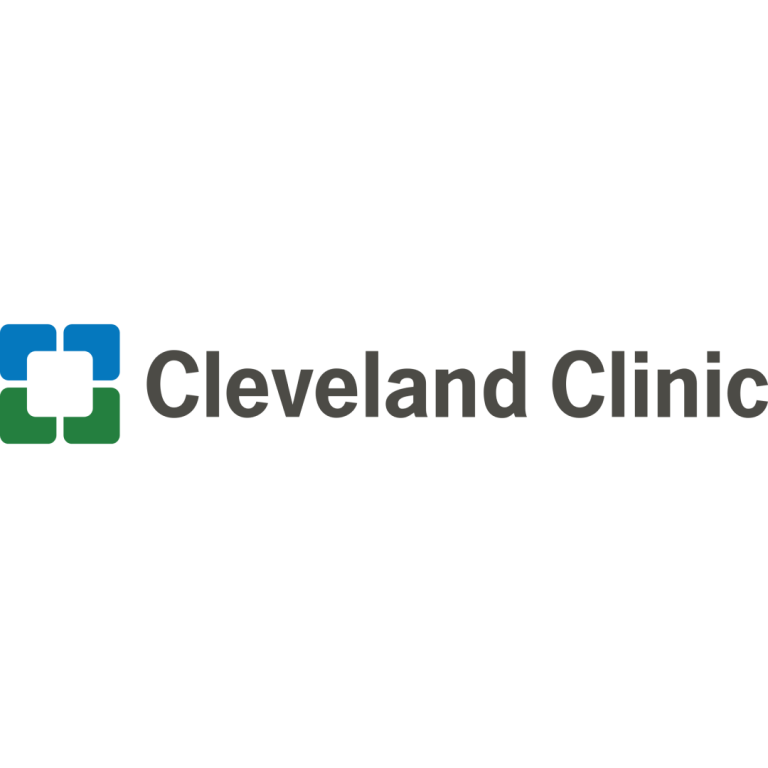
On Aug. 26, 2019 , the City of Port St. Lucie Council voted 5 to 0 to ᅠleaseᅠ…
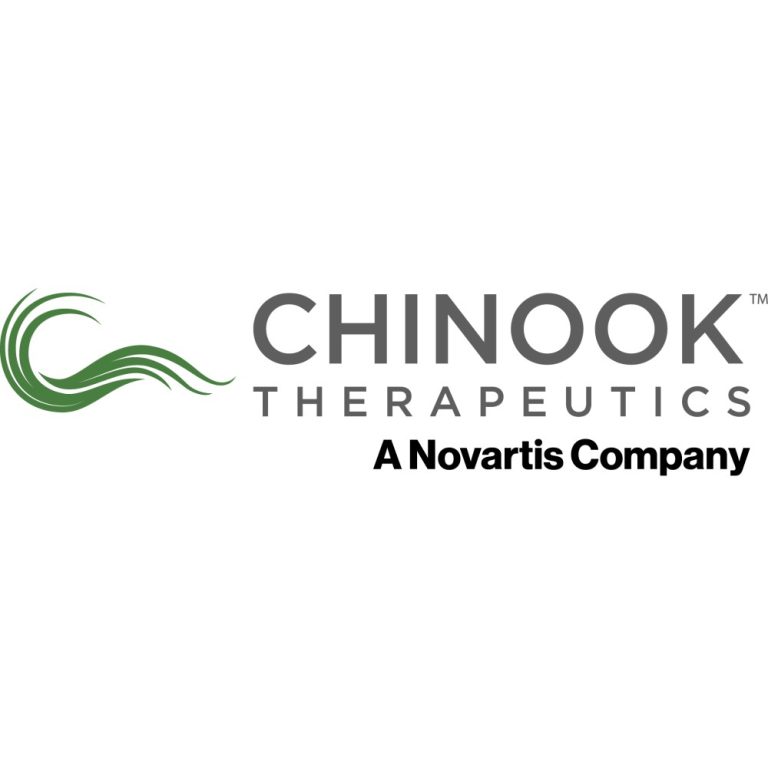
On Aug. 22, 2019, Chinook Therapeutics announced a $65 million Series A financing to discover and develop precision…

On Aug. 21, 2019, the Siteman Cancer Center announced it was awarded a $15 million grant to better…
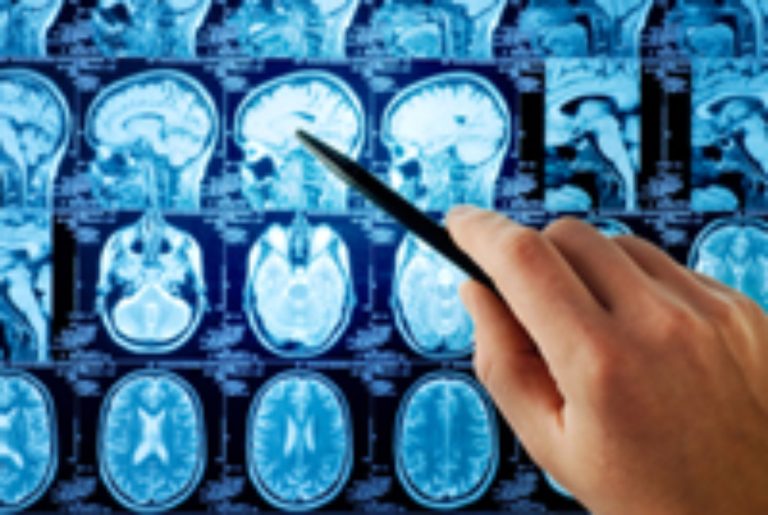
On Aug. 19, 2019, the Barbara Ann Karmanos Cancer Institute announced it became the first cancer center in…
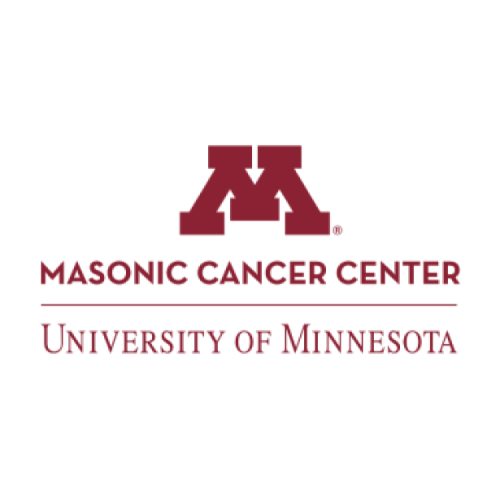
On Aug. 15, 2019, Masonic Cancer Center researchers Reuben Harris, PhD and Douglas Yee, MD announced that they…
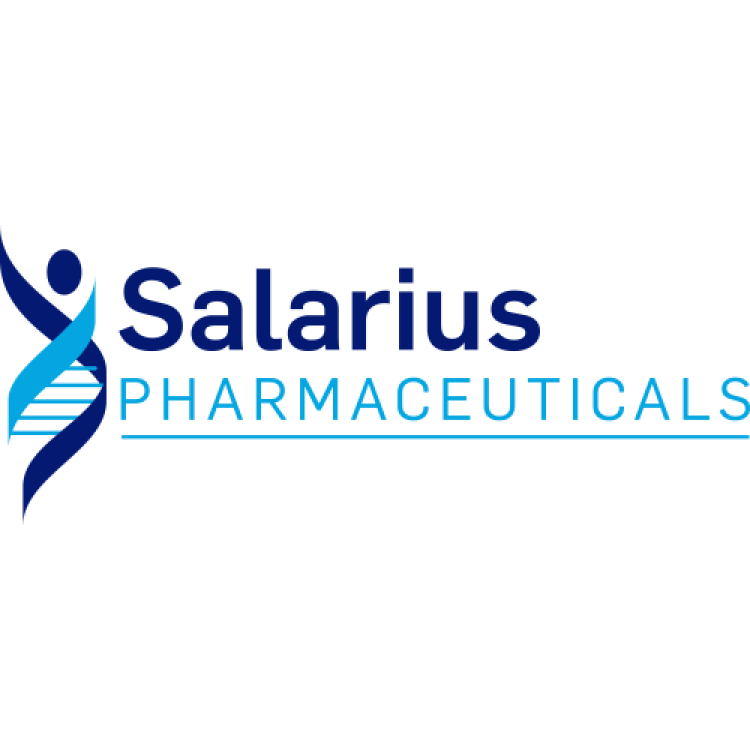
On Aug. 15, 2019, the Cancer Prevention and Research Institute of Texas (CPRIT) announced that it was awarded…
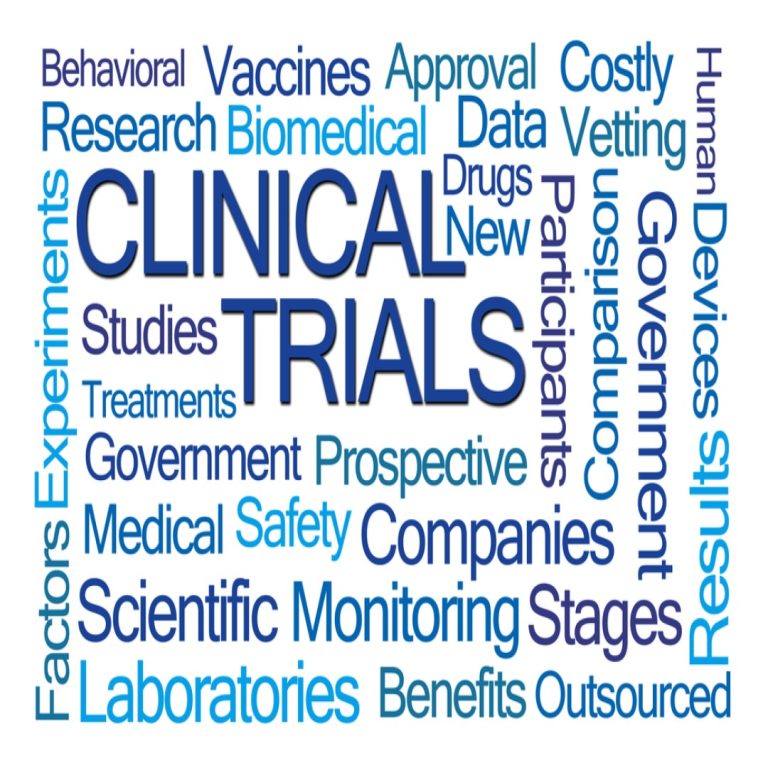
On Aug. 1, 2019 the Siteman Cancer Center announced it was awarded a six-year, $7.8 million grant from…

On Jul. 25, 2019, Vanderbilt University Medical Center Professor David Cortez, PhD and colleagues revealed a new DNA…
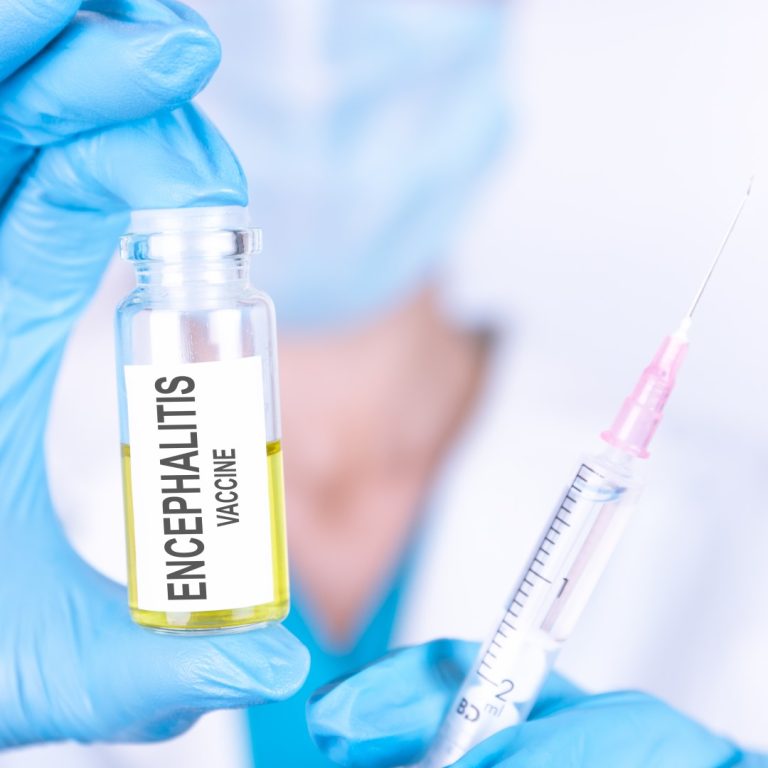
On Jul. 19, 2019, the Centers for Disease Control and Prevention (CDC) published recommendations from the Advisory Committee…

On Jul. 9, 2019, the Masonic Cancer Center announced that researcher Ingunn Stromnes, PhD was awarded with a…

On Jul. 3, 2019, Evotec announced the strategic transaction to acquire Just Biotherapeutics, signed May 20, 2019, had…
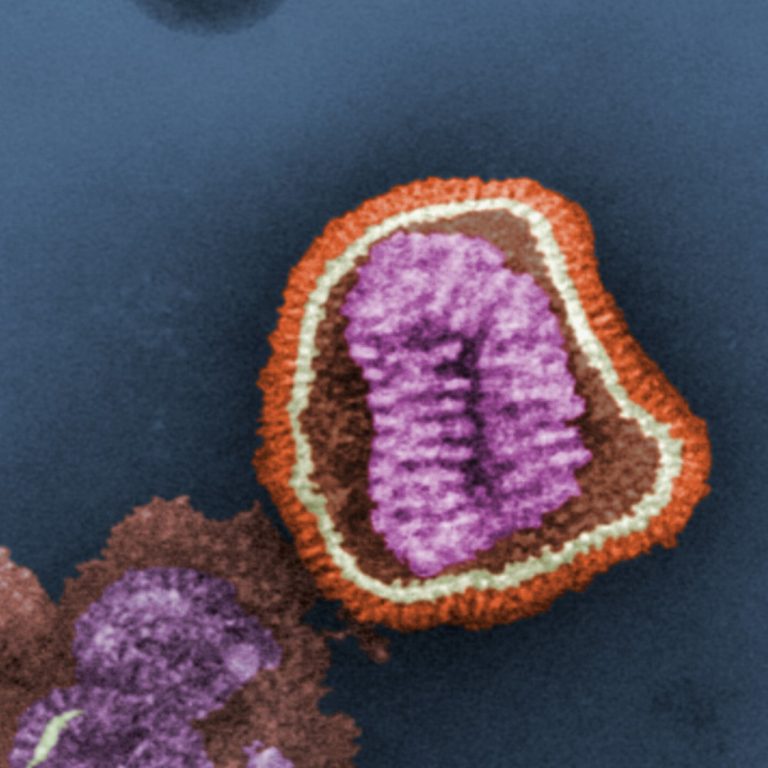
In Jun. 2019, Defense Advanced Research Projects Agency (DARPA) announced it had funded a $21.9 gene modulation research…